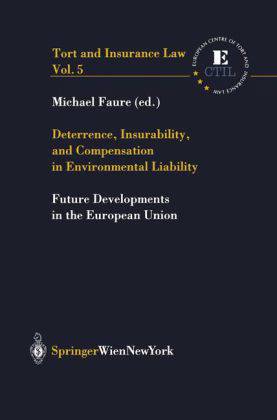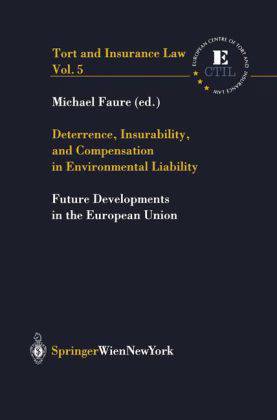
- Afhalen na 1 uur in een winkel met voorraad
- Gratis thuislevering in België vanaf € 30
- Ruim aanbod met 7 miljoen producten
- Afhalen na 1 uur in een winkel met voorraad
- Gratis thuislevering in België vanaf € 30
- Ruim aanbod met 7 miljoen producten
Zoeken
Deterrence, Insurability and Compensation in Environmental Liability
Future Developments in the European Unioni
€ 121,45
+ 242 punten
Omschrijving
The authors took the European Commission 2000 White Paper on Environmental Liability as the occasion for a critical analysis of the efficiency and insurability of various environmental liability regimes. Traditional insurance is examined, but also alternative arrangements for financial security, such as compensation funds. In addition, various case studies present the availability of financial or insurance coverage for natural resource damage. Combining economic insights with an analysis of the practice in various countries like Austria, Germany, Italy, Spain and the USA empirical evidence is provided for the way in which insurance and financial markets respond to environmental liability regulations. This is the first study discussing the criteria for insurability of environmental harm in a systematic manner, both from a legal and an economic/insurance perspective.
Specificaties
Betrokkenen
- Uitgeverij:
Inhoud
- Aantal bladzijden:
- 475
- Taal:
- Engels
- Reeks:
- Reeksnummer:
- nr. 5
Eigenschappen
- Productcode (EAN):
- 9783211838631
- Uitvoering:
- Paperback
- Gewicht:
- 632 g

Alleen bij Standaard Boekhandel
+ 242 punten op je klantenkaart van Standaard Boekhandel
Beoordelingen
We publiceren alleen reviews die voldoen aan de voorwaarden voor reviews. Bekijk onze voorwaarden voor reviews.







